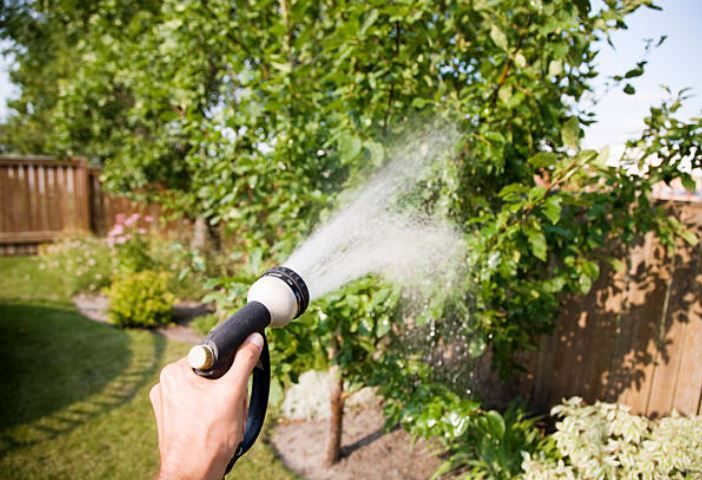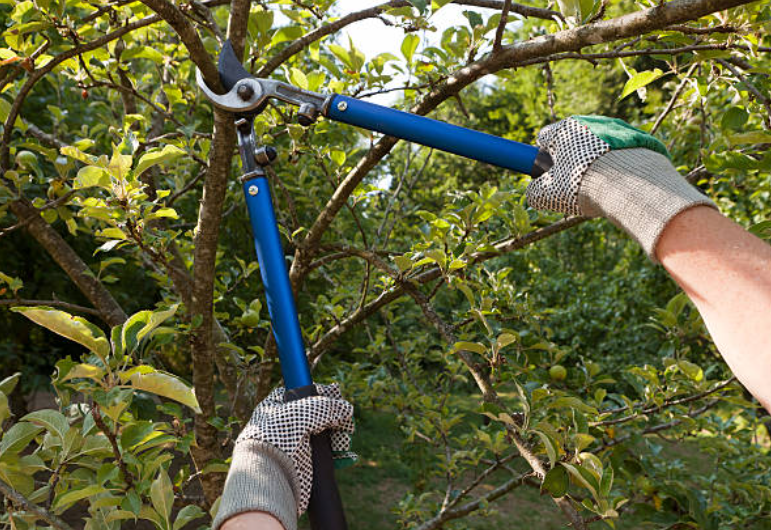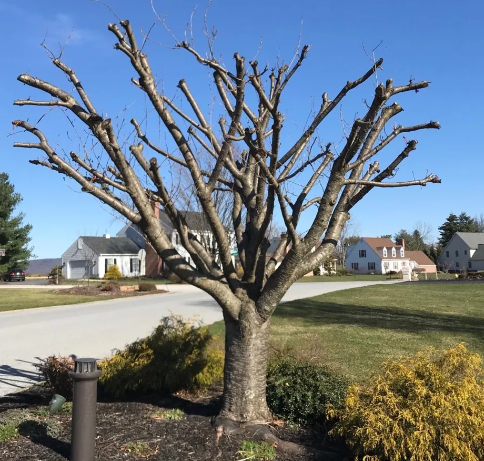How to Safeguard Trees During a Texas Drought
As the world grapples with changing climate patterns, periods of drought and extreme heat have become increasingly common in central Texas. During these times, one of the most vulnerable aspects of our environment is our trees. Trees are vital components of our ecosystems, providing shade, oxygen, and habitat for countless species. To help keep trees alive and thriving during a drought, it's crucial to understand the signs of distress, implement effective mitigation strategies, and avoid actions that could cause further harm.
Recognizing Signs of Distress
The first step in preserving trees during a drought is to recognize the signs of distress. Trees exhibit various symptoms when they are not receiving adequate water and are experiencing drought stress. Some common signs to watch are listed and described below.
- Wilting Leaves: Leaves that appear limp, curl, or droop are indicative of water shortage. In severe cases, they might turn yellow, brown, or even fall prematurely.
- Leaf Scorch: Brown or crispy edges on leaves, known as leaf scorch, can result from water loss and excessive heat.
- Thinning Canopy: A thinning canopy or sparse growth is a sign that the tree is reallocating its resources to survive, often shedding leaves to reduce water loss through transpiration.
- Premature Leaf Drop: Trees may drop leaves prematurely as a survival mechanism to reduce water loss through transpiration.
- Cracked Bark: Bark that is dry, cracked, or peeling could indicate the tree is struggling to retain moisture.
If your trees are showing any of the signs above during a drought, then is it most likely struggling to to survive. The next steps are to follow the advice below for strategies you can implement immediately to give your trees the best change to survive the drought.

Effective Strategies to Help Trees Survive Drought
Below are a few strategies and actions that you can take to help your trees survive even the worst droughts.
Watering
When watering trees during a drought, focus on deep, infrequent watering rather than frequent shallow watering. Give the tree a long, slow soak to encourage deeper root growth. Use a soaker hose or drip irrigation to minimize water wastage. Watering early in the morning is the best time to do so as it allows trees to absorb moisture before the heat of the day, reducing water loss through evaporation.
Mulching
Applying a layer of organic mulch around the base of the tree helps retain soil moisture, regulate temperature, and prevent weed growth. Aim for a mulch layer around 2-4 inches deep, keeping it a few inches away from the tree trunk to avoid moisture buildup and potential disease.
Prioritize Young Trees
Young trees are particularly vulnerable during droughts. Allocate water resources to them first, as they are still establishing their root systems.
Tree Health Assessment
Regularly inspect your trees for signs of distress. Hiring a professional tree service with certified arborists to assess their health can provide valuable insights and recommendations.
Avoiding Common Mistakes
Avoiding these mistakes listed below can help your trees survive a drought.
- Watering Too Quickly: Applying water too quickly can lead to runoff, which doesn't effectively penetrate the soil. Aim for slow, steady watering early in the morning or late evening to avoid evaporation.
- Pruning During Drought: Avoid major pruning during a drought, as it can stress the tree further. Pruning removes leaves and branches that aid in water retention.
- Using Lawn Sprinklers: Lawn sprinklers are often inefficient in delivering water to tree roots. Trees require a deep watering method to reach their extensive root systems.
- Applying Fertilizers: Tree fertilization during a drought can exacerbate stress. Trees prioritize survival over growth, and fertilizers might cause excessive growth that the tree cannot sustain.
Conclusion
Trees are invaluable to our environment and quality of life. During droughts, they face increased challenges in maintaining their health and vitality. By recognizing signs of distress, employing effective mitigation strategies, and avoiding common mistakes, you can play a crucial role in ensuring the survival of your trees. Remember that each tree species may have specific requirements, so it's beneficial to consult with a certified arborist for tailored advice on caring for your trees during drought conditions. Through our collective efforts, we help give our trees the best chance to survive the brutal Texas heat and droughts that are becoming more and more common.
You might also like

Book a Service Today
We will get back to you as soon as possible
Please try again later


